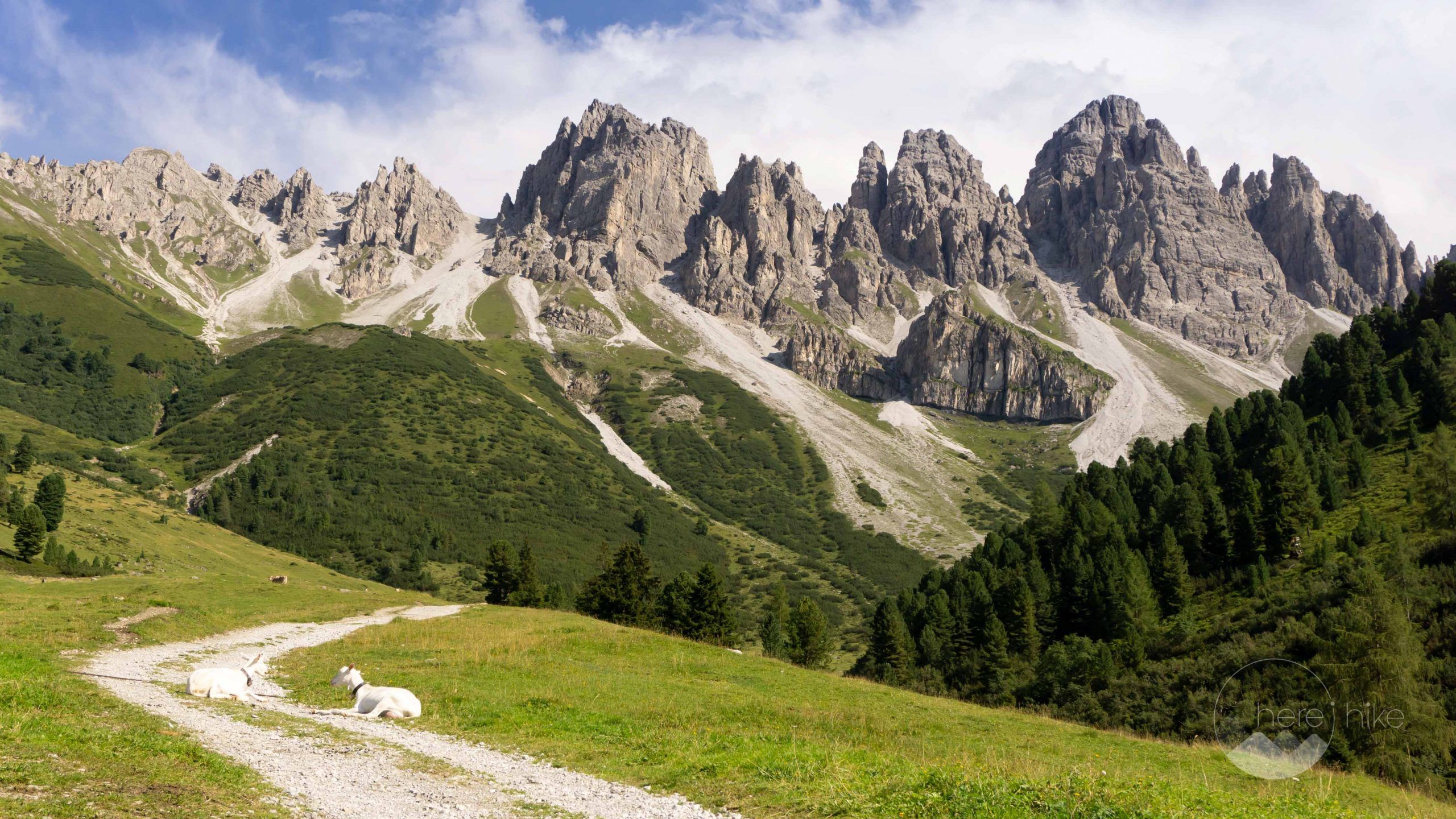
03 Jan Holidays in Austria: Tirol, Heaven on Earth
Just a short introduction before we dive into details and trails. In 2019 we planned our first holidays in Austria: Tirol. The previous years we got stuck on the Italian Dolomites – which are a true wonder – but we decided not to make a third holiday there.
Instead, we wanted to discover the iconic Austrian Alps. We already skied there during the winter and it was amazing so for sure we were curious about the Alpine Summer. I believe every mountain lover already knows that Austria is definitely a paradise when it comes to hiking, climbing, mountain biking …generally speaking mountaineering activities. We were sure this holiday can’t go wrong.
We decided to aim for Tirol and as usual we went there packing half of the apartment prepared for: camping, hiking, via ferrata and biking. We like to combine these activities and experience a bit of everything in the mountains.
We spent 10 (holi)days in Austria: Tirol and frankly it was quite enough to fall in love with the country.
- DAY 1: Fulpmes Via Ferrata
- DAY 2: Relaxation – we went cycling from Innsbruck to Telfs and back
- DAY 3: Innsbruck Via Ferrata
- DAY 4: MTB from Judenstein to Halsmarter
- DAY 5: Rainy day indoor climbing at Berstation Climbing Gym in Telfs
- DAY 6: Kuhtai – Road cycling
- DAY 7: Steingruber Kogel Via Ferrata
- DAY 8: Cycling around Zugspitze
- DAY 9: Zugspitze – Via Ferrata
- DAY 10: MTB from Sankt Anton to Maroi
We’ll get back with separate articles to include details and photos about each of these days. By far our highlight in this holiday was Zugspitze – the highest peak in Germany (bordering Austria) but our favorite views were rather the ones from Innsbruck Klettersteig and Steingrubenkogel.
Good To Know
A few things that we discovered and like to share with you about planning your holidays in Austria: Tirol:
- If you choose campings it seems it would be a good idea to reserve the pitch (email/phone) a few days before your arrival. Campings tend to be full in the season and without a reservation it’s possible that you are politely refused at the reception.
- Campings are a bit cheaper than the ones in the Dolomites – depending on the region it can be between 22-36 eur / night for two persons, one small tent and a car (showers included, no electricity).
- There are a lot of cable cars everywhere. There are some routes where it’s quite hard not to use them. Generally speaking a lot of via ferratas require some serious hiking before reaching the climbing sections. Sometimes you can skip this using cable cars.
- Most of the Austrians (especially in tourism) speak English so you can get along pretty well with it. Nevertheless, it’s always appreciated if you try to speak German.
- The markings in Austrian Alps are generally well done and any major intersection signalized. In some areas you can find different colors that indicate different trail difficulties (yellow markings – easy hiking routes, red markings – mountain hiking, medium difficulty and blue markings – difficult alpine routes that require technical skills).
- Yellow markings you will find for forest roads, small mountains and hills, generally very easy hiking paths.
- Red is everything medium – so it can be a path in the high mountains but without any too exposed areas, stable terrain and no ropes.
- Blue markings are for alpine terrain, narrow paths, scree, very exposed areas that can have or not ropes and that require a good mountaineering condition, head for heights and steady legs.
Via Ferrata Scales in Austria
Generally in Austria you will find the Kurt Schall difficulty scale for via ferrata routes. The scale consists of six levels from Easy (A) to Expert Only (F). In a few words here’s what you can expect:
- A (Easy) – Easy access, mostly rocky and flat or steep, well equipped with safety ropes, ladders, clamps. Can be done without via ferrata equipment if you’re an experienced mountaineer.
- B (Moderate) – Steep terrain, some exposed areas. You need a good physical condition. Well equipped with safety elements. Via ferrata kit is recommended.
- C (Difficult) – Very steep terrain with various exposed areas. Ladders or pins on overhanging areas, wire on vertical sections. You need a good head for heights, steady footing, endurance and power in legs and arms. Via ferrata kit is mandatory.
- D (Very Difficult) – Vertical, overhanging and very exposed terrain. Equipment is often far apart so enough strength in legs and arms for sustained effort is needed. Via ferrata is mandatory and rope or extra safety equipment is recommended.
- E (Extremely Difficult) – Vertical to overhanging, small steps and exposed. Climbing technique required (slab in particular) as well as strong physical condition and mobility. The terrain includes scrambling and often rope teamwork is worth considering for uninsured sections.
- F (Expert) – Primarily exposed and overhanging. Subtle grips and very small steps for climbing. Only recommended once E level is done at ease. This requires stamina, advanced climbing technique and safety devices handling.
Every route is unique and might feel a bit easier or harder than the scale assigned to it. In the end the experience is subjective. Sometimes a long C level route might feel harder than a short level D one. Keep this in mind and always respect the mountain and the people around you. If you get stuck in the middle of a difficult part on a route you put other people’s life in danger. As an advice, start gradually and never underestimate the route. It’s better to stay safe and learn step by step.
Learning German
If you’re not speaking German there are a few things that might come in handy to know:
- Forststraße – means it’s a closed forest-logging road (no public access – especially if you’re riding in the forest and you see some gravel roads like this, it is preferable to avoid them – there are plenty of routes suitable for hiking/biking)
- Ausgenommen Radfahrer – with the exception of bicycles. This is a very frequent sign you can find on different forest roads that permit bike riding but they are not allowed for cars. Of course you can also hike on them.
- Verboten – not allowed. You might find this in relation to mountain biking in some areas. Please respect this and stick to the cycling paths.
- Klettersteig – that would be the german version of Via Ferrata.
- Klettergarten – Rock Climbing area.
Accommodation
As usual, we used exclusively campings as accommodation options. Of course there are plenty in Austria and most of them are really nice. Even the prices are surprisingly lower than in Italy so that’s great.
- We first landed on some camping near Innsbruck (honestly I can’t even remember the name or location) but we only spent one night there because it was not a great experience. The space was extremely small – crowded cars and tents, no covered place to eat and no electricity in the bathrooms after 22 o’clock. We quickly found an excellent option in the area of Innsbruck instead of this one.
- Camping Judenstein – this one is located in … Judenstein (yeah, easy to remember) about 13 km away from Innsbruck in a nice and quiet area. Not huge, not small – the camping is really cozy and has a lot to offer. The pitches are decent, you even have a bit of shade from the trees, there is a nice covered place to eat, a small store available at the reception and good facilities (such as laundry, fridge and freezer). I find it quite convenient.
-
- PRICE: around 20 € / night for two persons, one small car and one small tent.
- Maps Location
- Zugspitz Resort – well this is a whole different level. It’s probably the most wonderful camping I have ever been to. I could not believe the incredibly luxurious facilities included in the camping price. Check out their website – for sure you’ll be amazed. This is a four star resort including a camping right at the start of the big cable car that takes you to Zugspitze. Camping pitches are generous and not really special but wait until you discover the other facilities. There is a big building where you’ll find a shared kitchen, laundry, dish washing area and individual gigantic bathrooms with everything you need. The whole building is heated, excruciating clean and with an amazing interior design. Really I could not be more impressed about the conditions here. I would recommend this over and over again.
-
- PRICE: around 35 € / night for two persons, one small car and one small tent.
- Maps Location
- Camping Arlberg – to be honest we did not like in particular this camping. I consider it rather convenient if you travel and want to stop for the night then a good choice for holidays. It’s located right next to the highway and this itself is a big disadvantage in terms of noise. I believe it’s among the strangest campings I ever saw. Every pitch has its own little shed that includes a sink, toilet and shower and they are heated. As well there’s a closed swimming pool in the camping area and no place to eat your own food. I feel it’s a bit of waste – never understood why the owners did not invest in a big nice facility with a few showers, perhaps a kitchen and so… well.
-
- PRICE: around 30 € / night for two persons, one small car and one small tent.
- Maps Location
Budget Estimation
Transport: ~ 230 € (2 persons)
- Gas / 3000 km: 180 €
- Vignette: 20 € / 20 days Hungary + 19 € / 10 days Austria
- Road Taxes: 6 €
- Parking fees: 5 €
Accommodation: ~ 240 € (2 persons, one car, one small tent)
- Camping near Innsbruck – 20 € / 1 night
- Camping Judenstein 120 € / 6 nights
- Zugspitz Resort (Camping) – 70 € / 2 nights
- Camping Arlberg – 30 € / 1 night
Food and groceries cost: 250 € (2 persons)
- ~150 € groceries and ~ 100 € on restaurants
Touristic objectives and other costs: ~ 160 € (2 persons)
- Cable Cars: 146 € (3 cable cars / 2 persons)
- Climbing Gym: 11 €
- Messner Museum Ripa (Brunico, Italy): 20 €
Total estimated budget: 900 € (transport, accommodation, touristic objectives, food) / 2 persons. Simple as that, the wonders of Tirol can be discovered even with a tiny budget!
Hope this little summary helps you decide or bring some nice tips for your next trip to the Austrian Alpine Wonderland.
Should you have any questions drop them in a comment below!
Other great adventures
-
Transylvania MTB Ride: Sirnea
If you’re planning to visit Transylvania, particularly Brasov area and you’re also looking forward t...
-
Cycling around Dracula’s Castle – Piatra Craiului National Park
Dracula's Castle, an international landmark, is probably one of the most visited places in Romania ...
-
Italian Dolomites: Via Ferrata Giovanni Lipella (4C)
Via ferrata Giovanni Lipella is one of the most emblematic routes in the Dolomites. Not only are the...
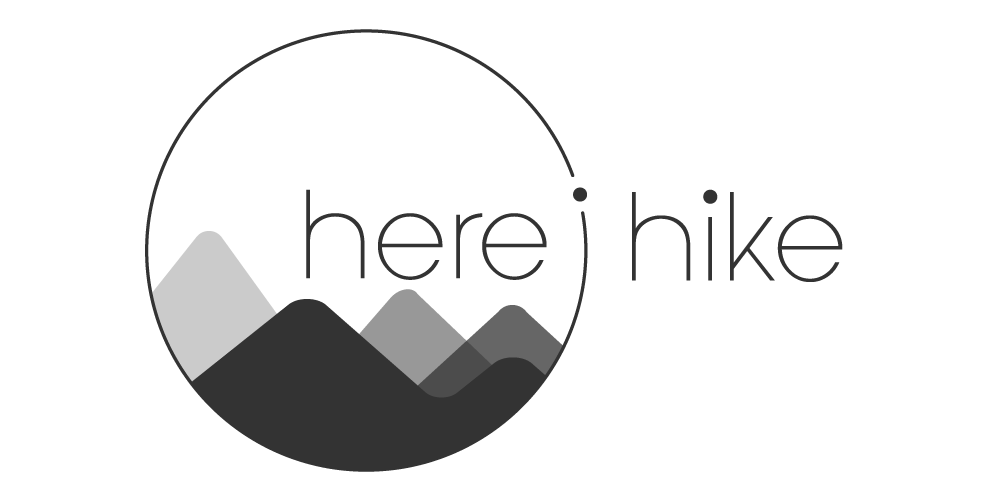
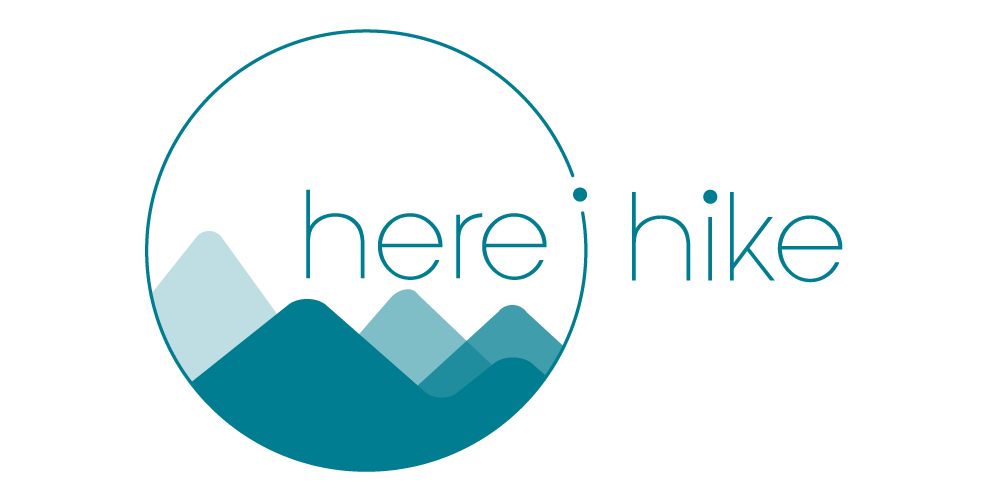

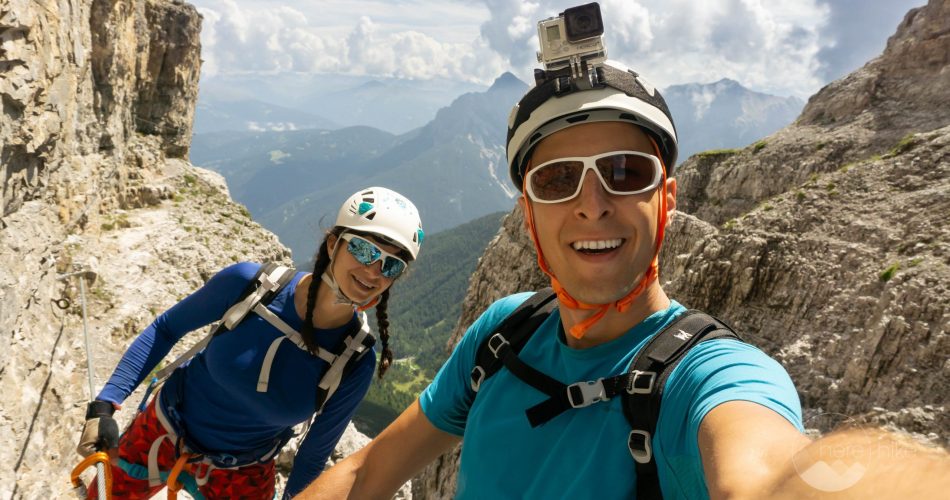


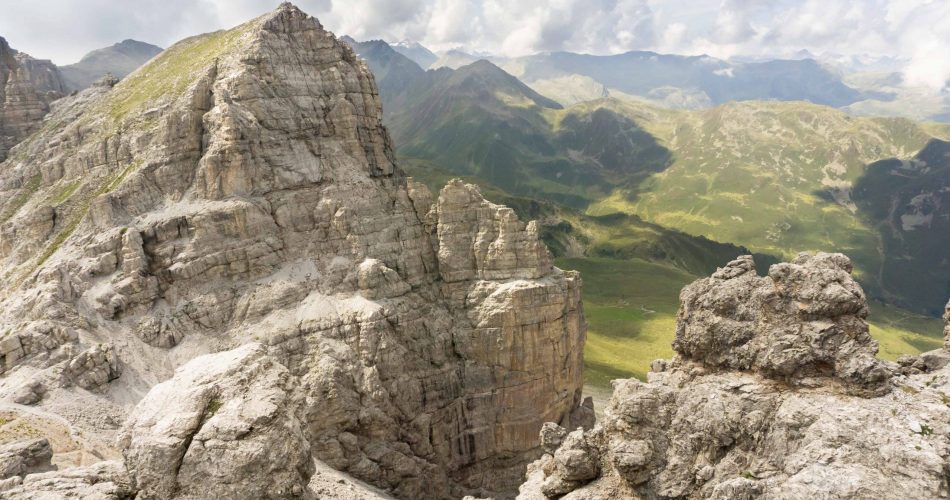
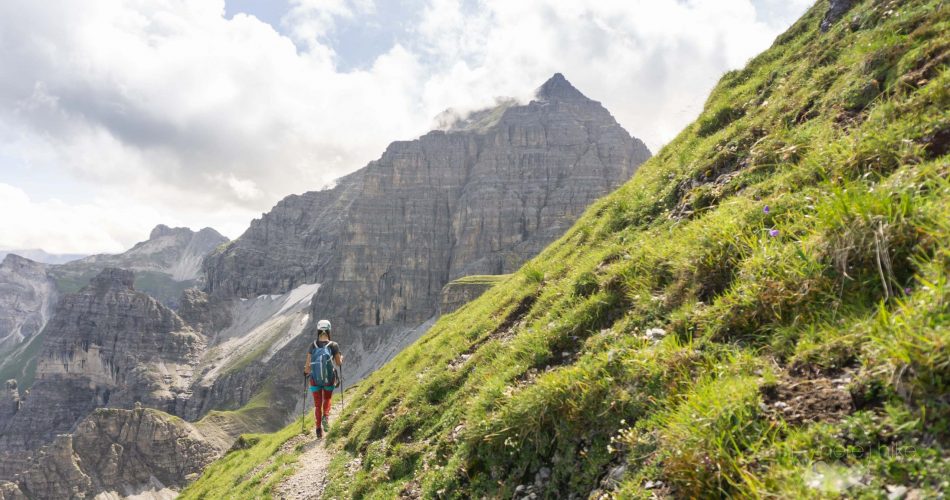
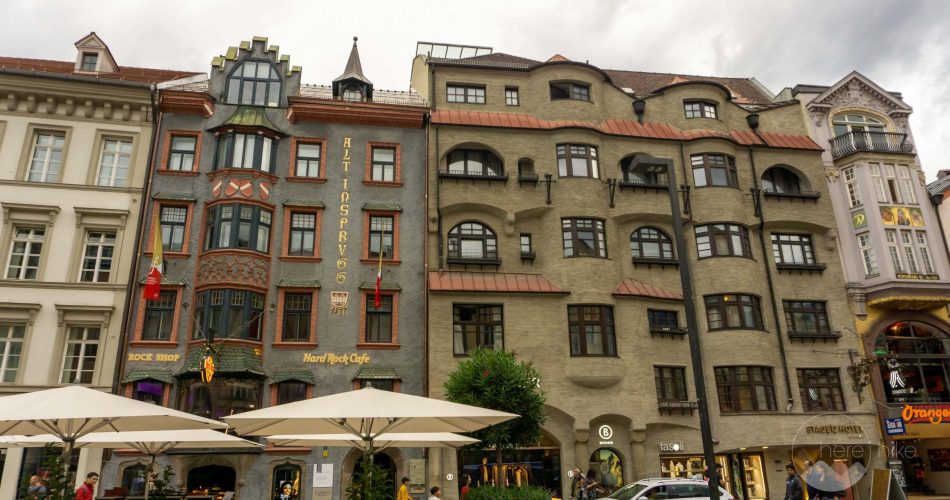
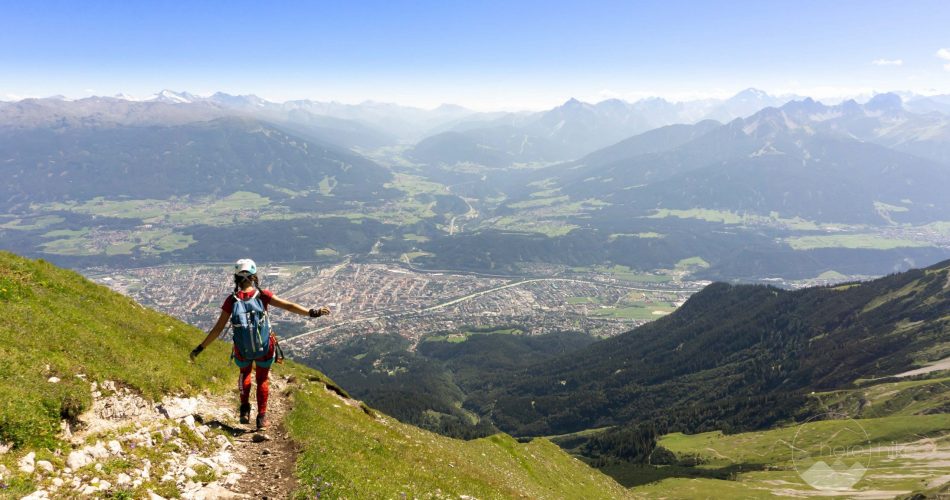
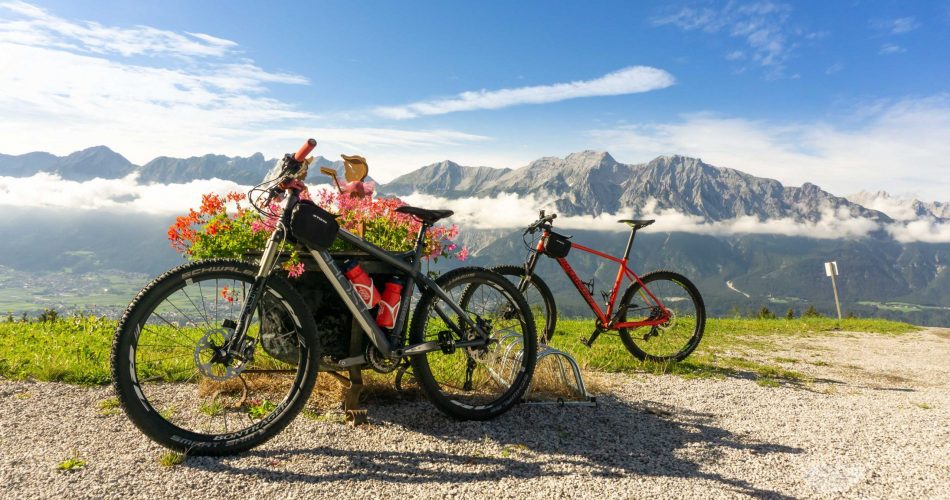
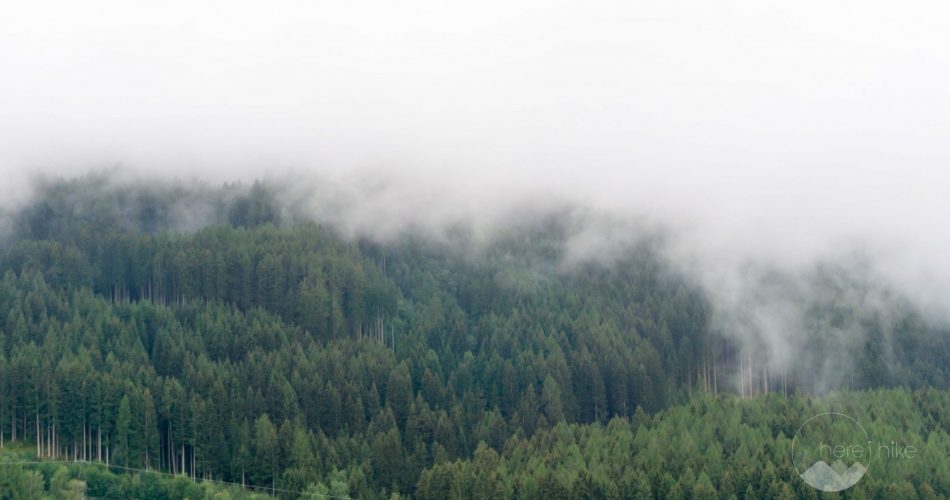


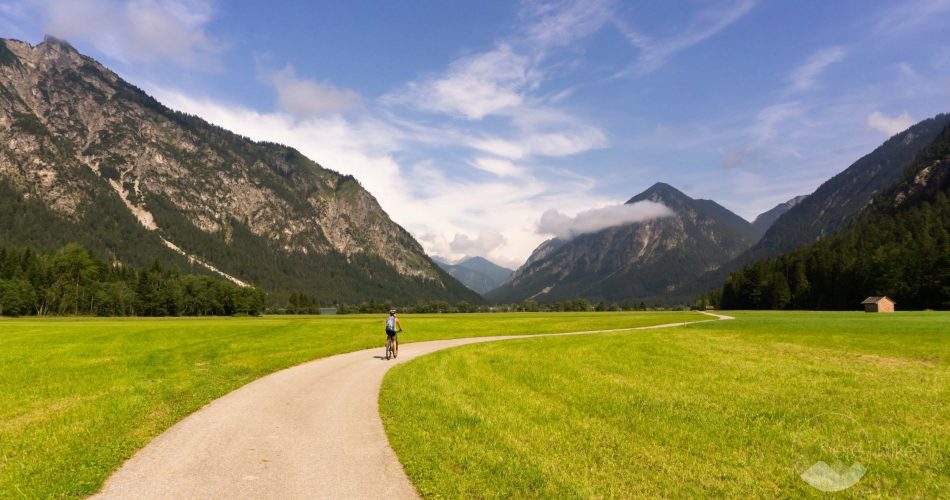
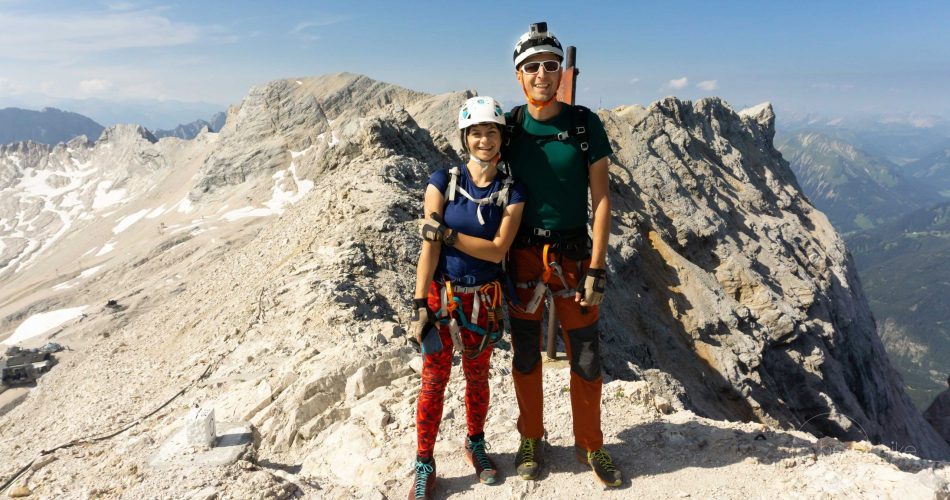
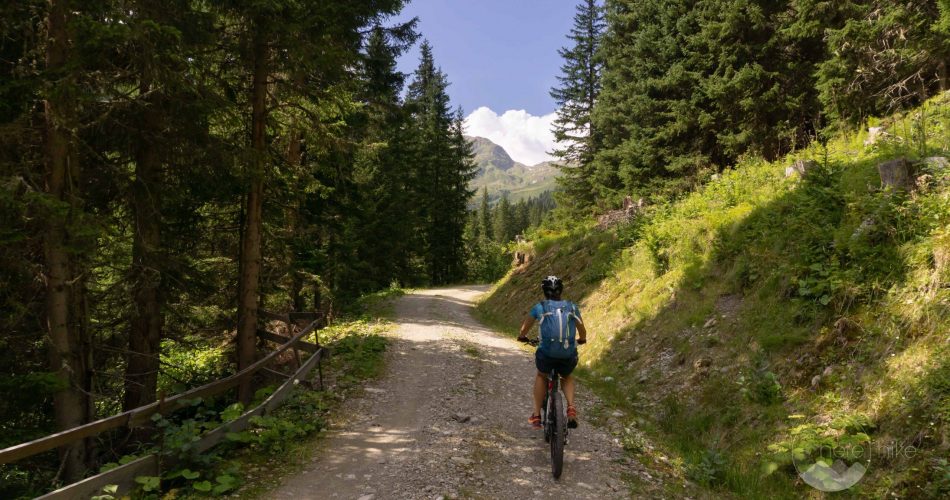

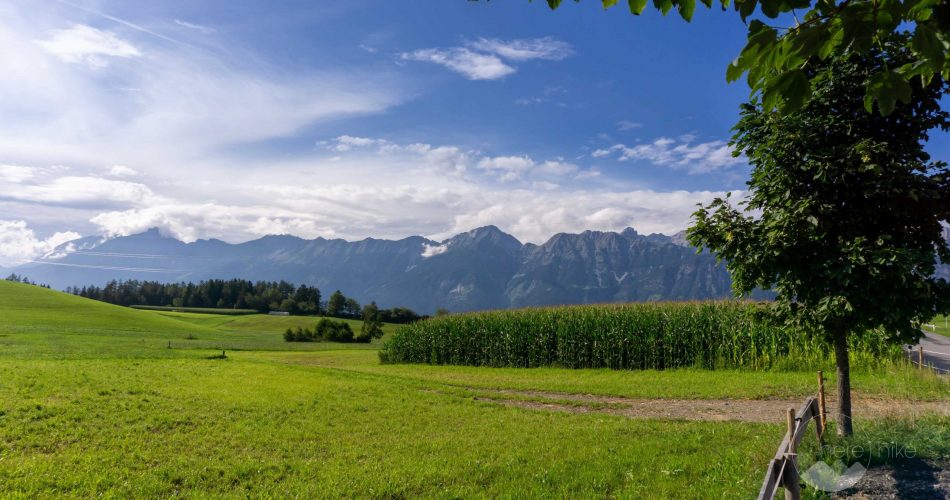

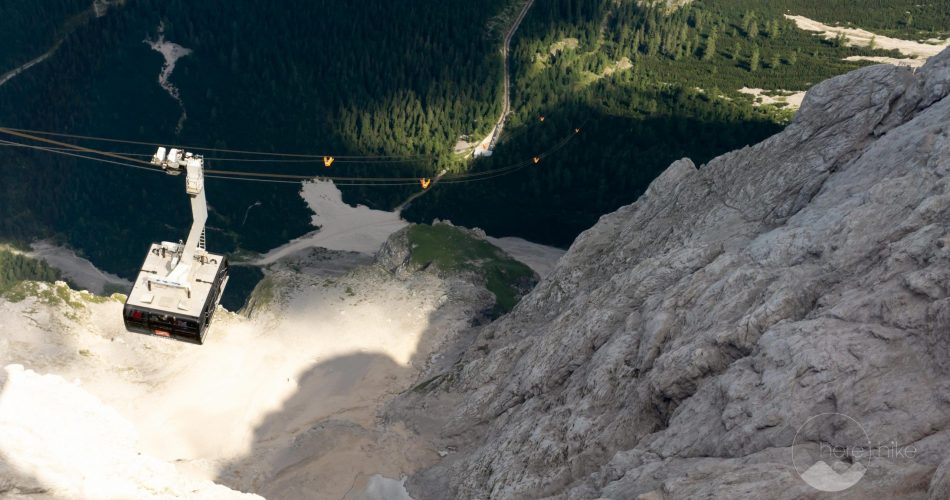
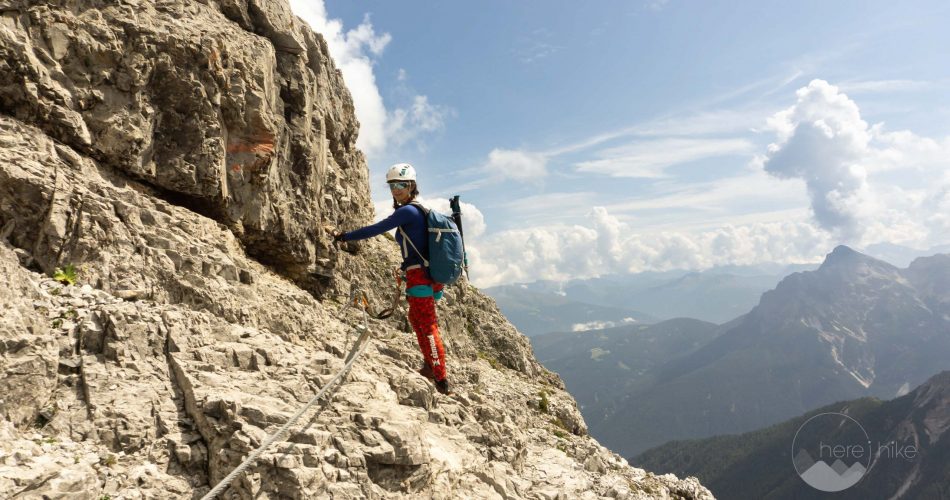
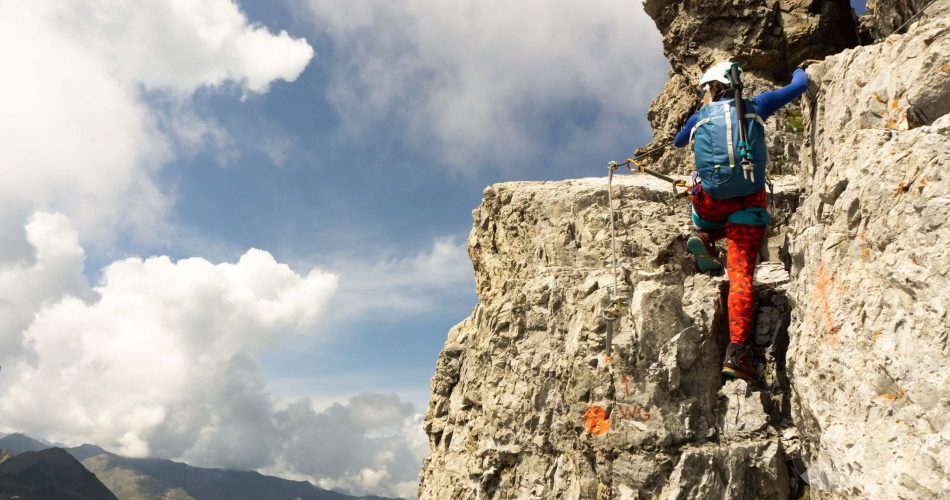
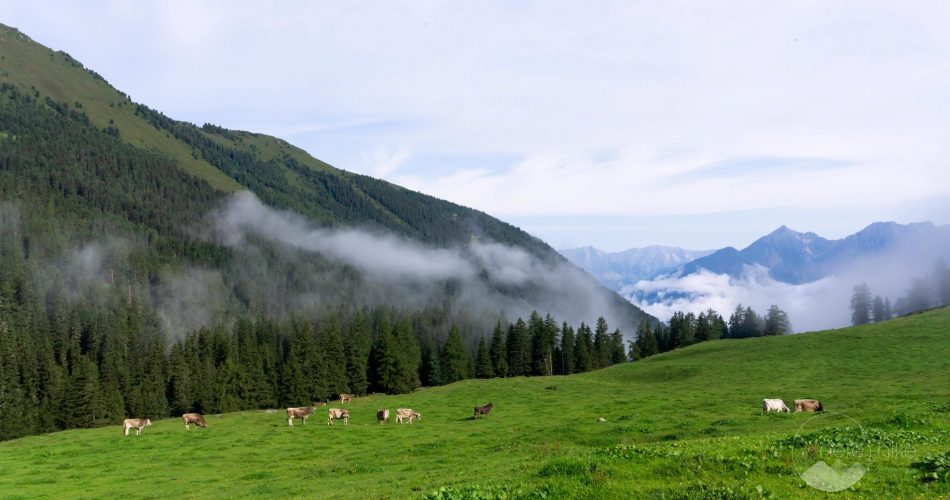
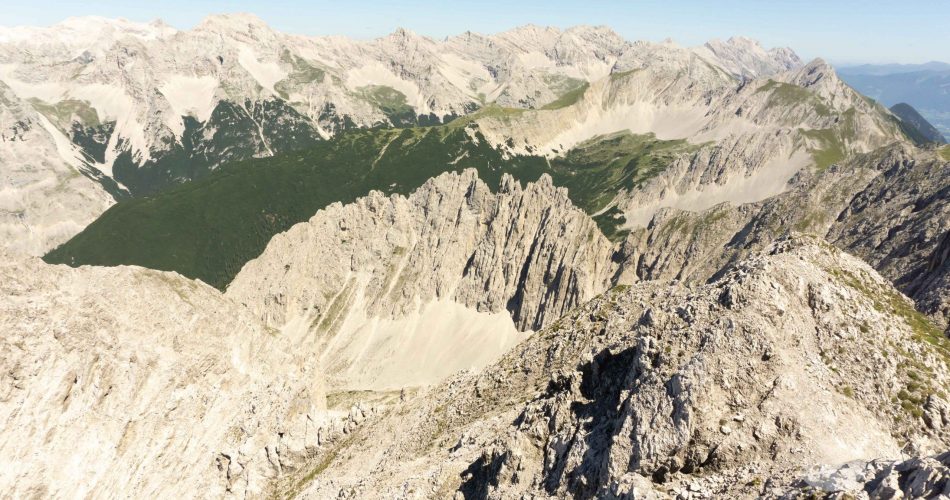

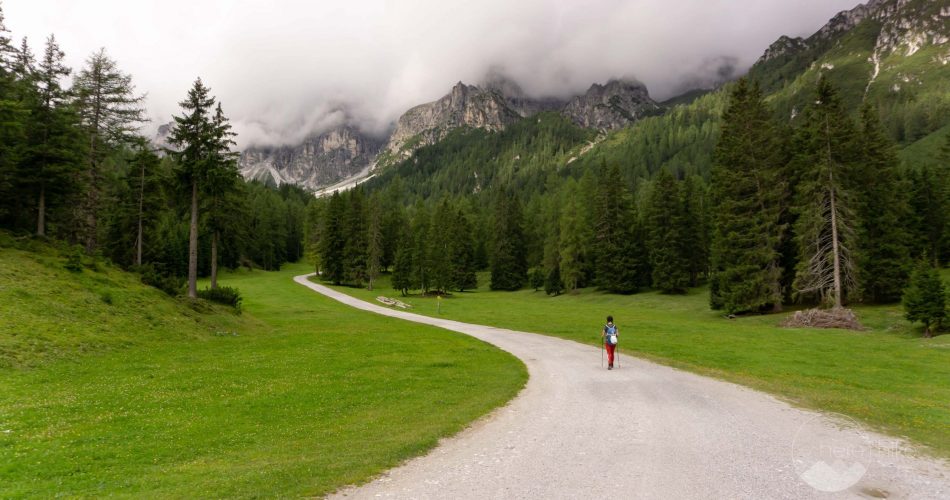
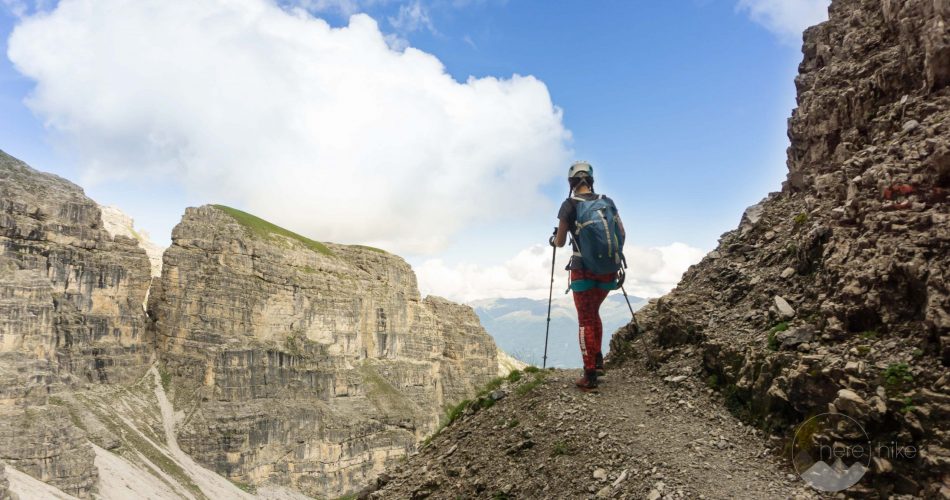
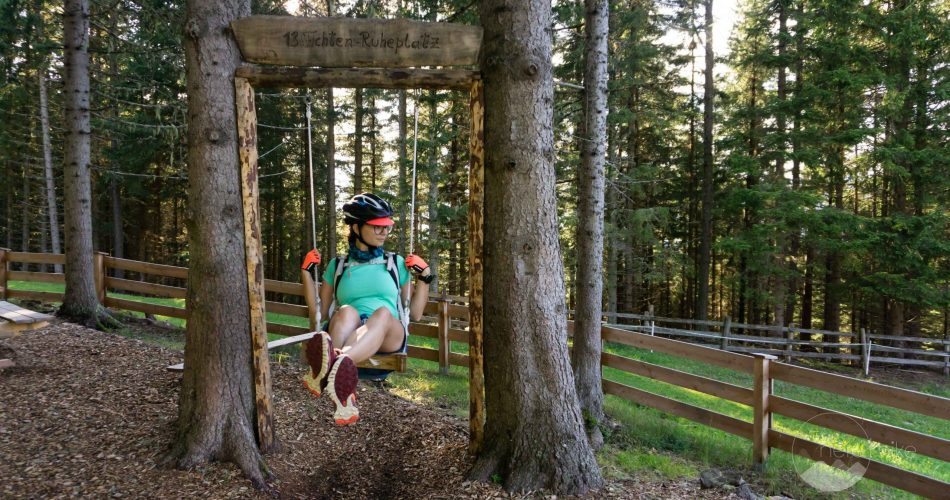

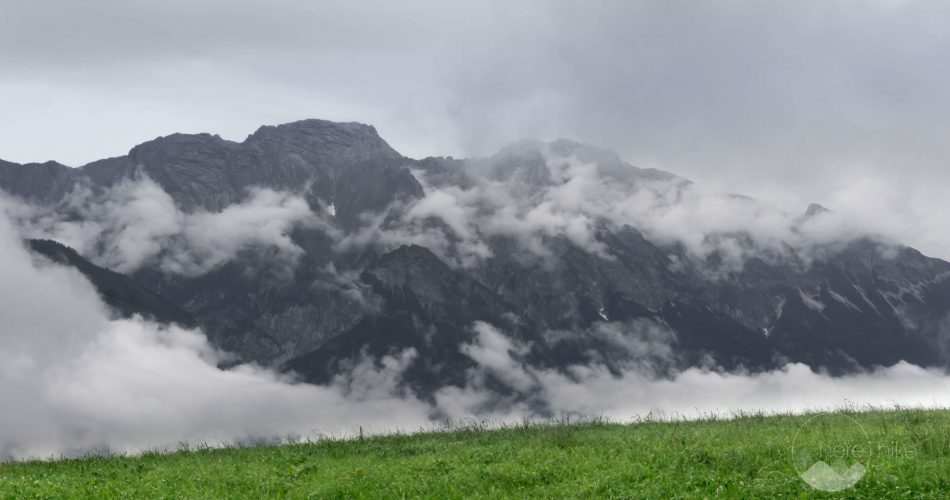
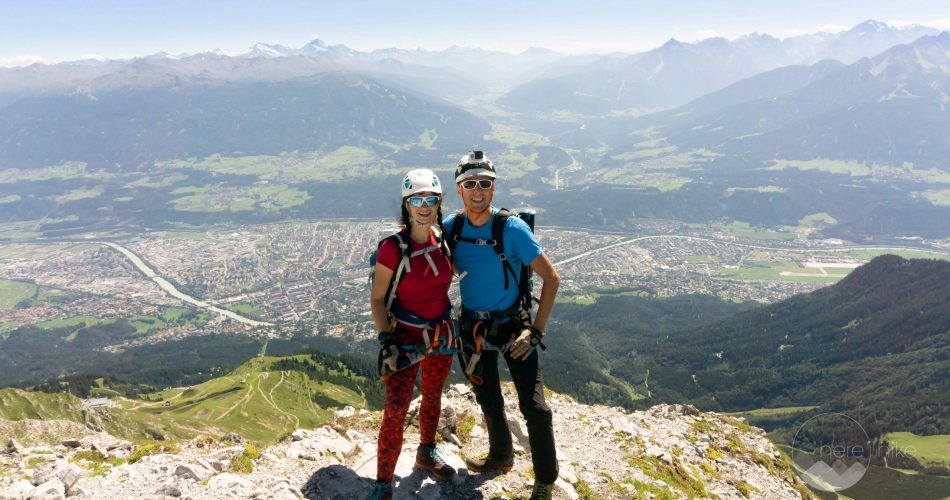
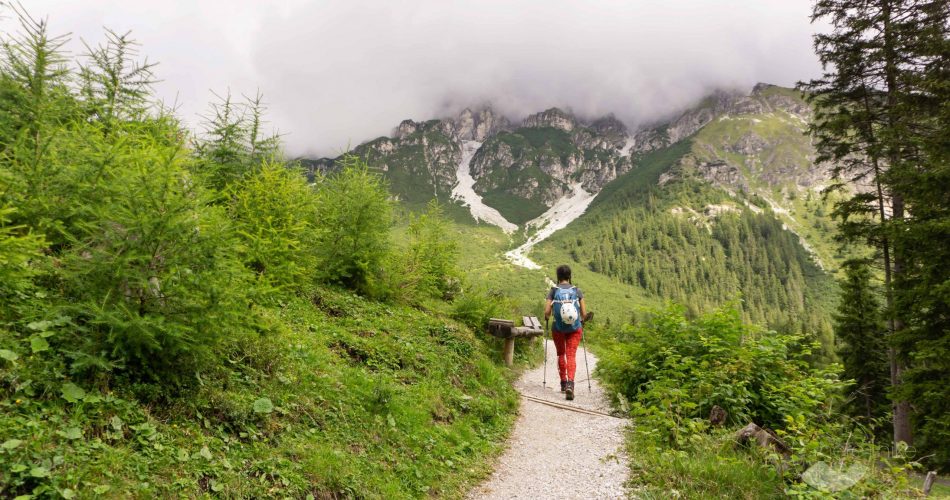


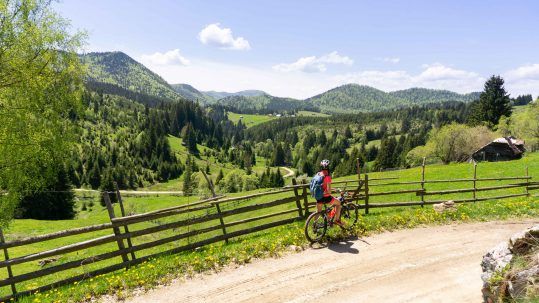
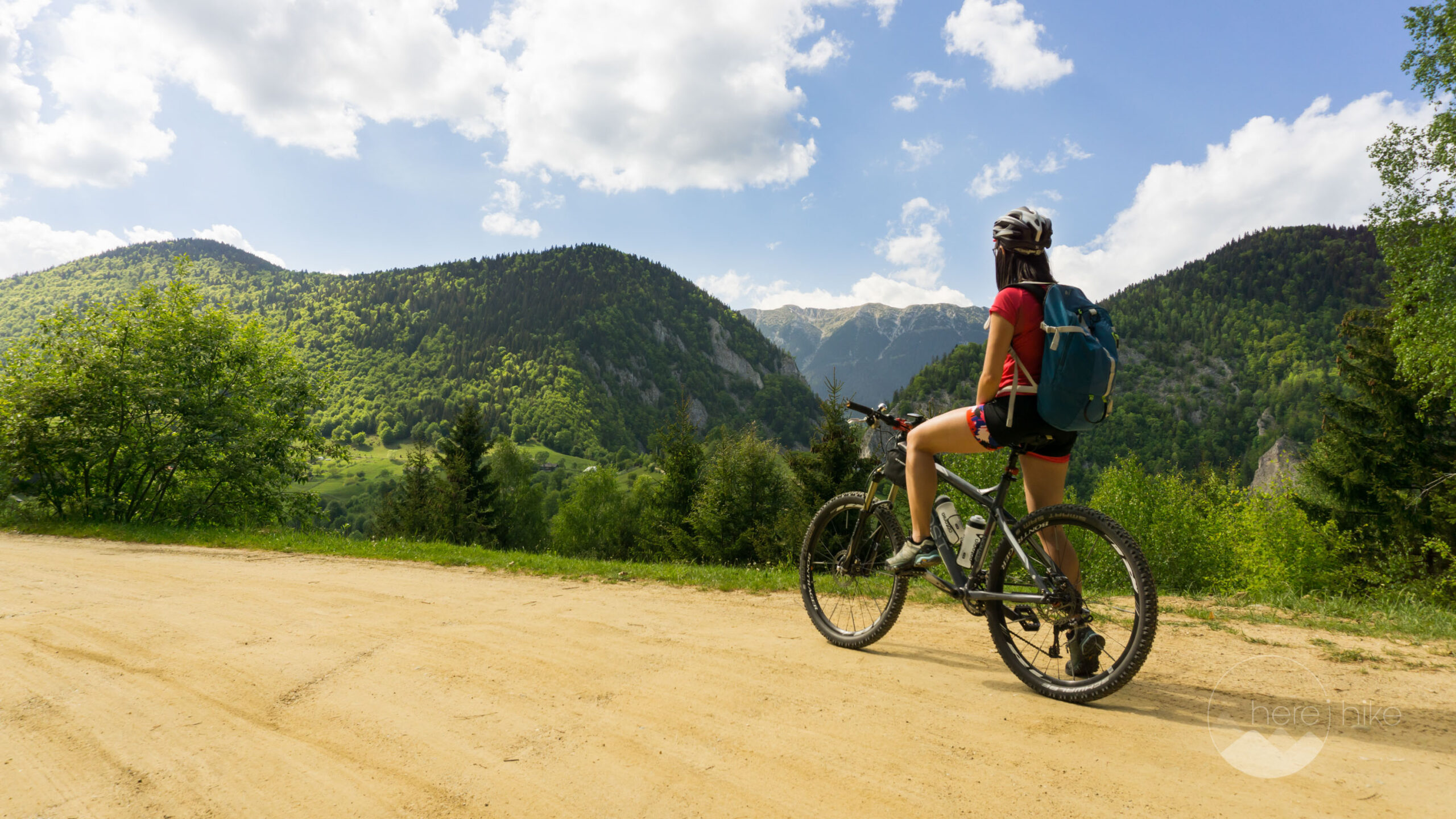


No Comments